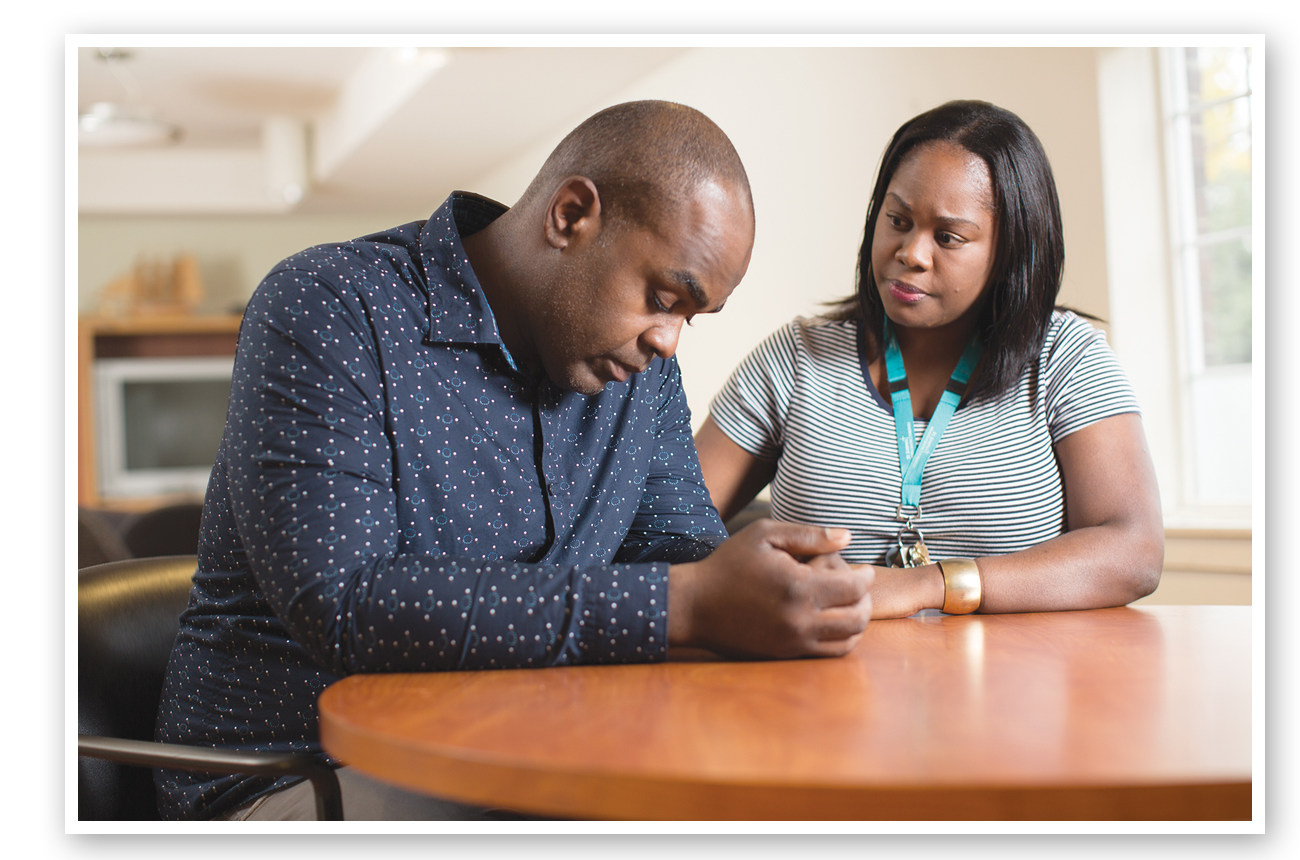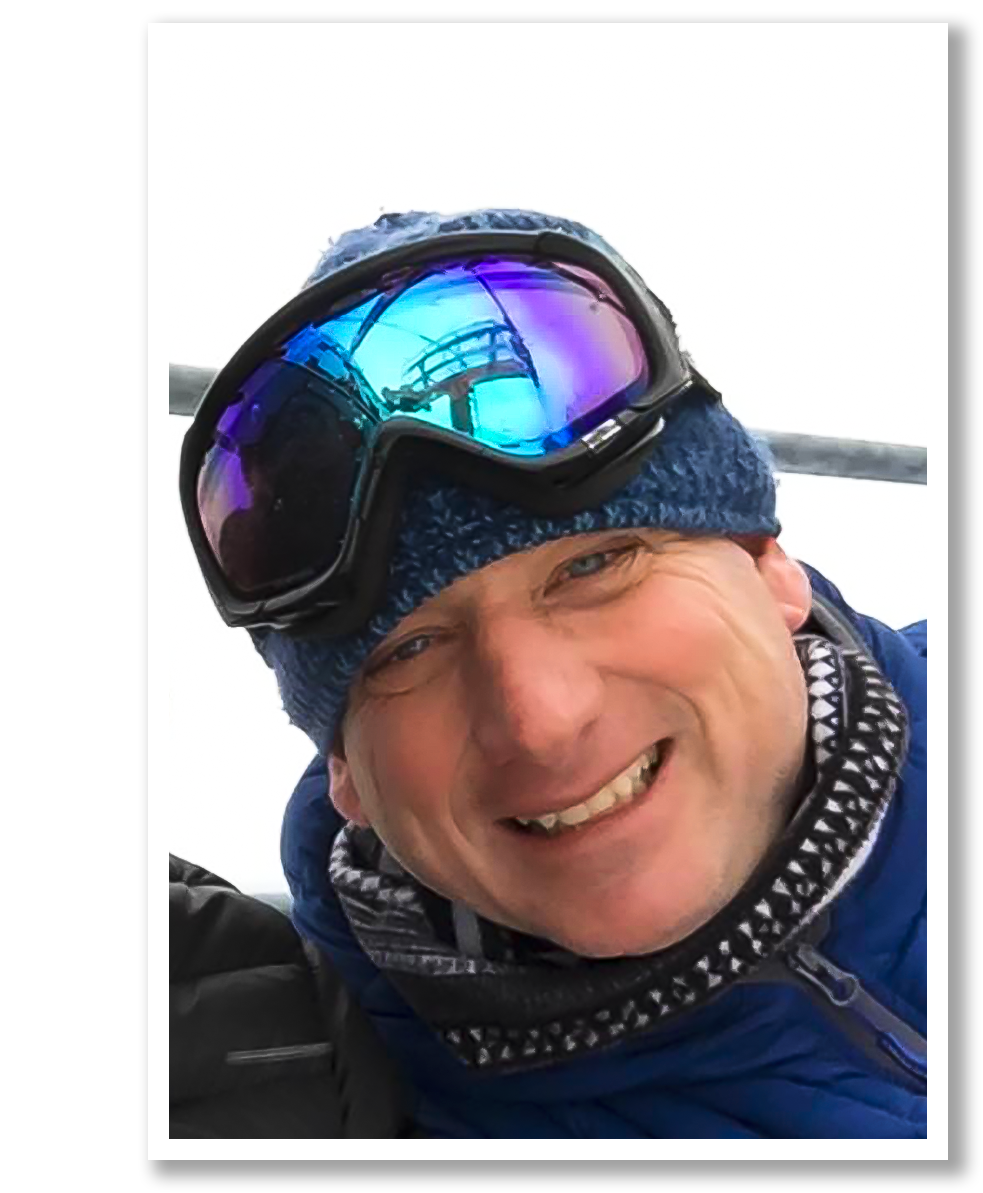
Toronto’s west-end community has the highest concentration of people in need of mental health services in the city. This makes St. Joseph’s Health Centre a vital resource for our west-end neighbours.
Currently more than 58,000 men, women and children with mental illness and/or addiction turn to St. Joe’s annually for help with mental health problems. This number increases every year. It’s why mental health at St. Joseph’s is a priority.
Since 2013, The St. Joe’s Plate – a unique community event at Woodbine Racetrack – has helped raise more than $2.3 million in critical funds for mental health care at St. Joseph's Health Centre. Phase 1 raised money for ‘Lauren’s Lounge,’ a safe and healing space for patients on the inpatient lounge. Phase 2 raised the majority of the funding to redevelop the Mental Health Emergency Services Unit. We are now on Phase 3 which will go towards improving care on 7M, the inpatient mental health unit - specifically, the central hub which is the first point of contact for people coming into the unit.
Charlie's Story

This is hard to tell, but so important.
A few years ago I became ill, very ill.
I know now that I was mentally ill, I was depressed. I didn't understand at the time just how sick I was, or how dangerous depression can become if left untreated.
Like any illness, it can happen to anyone, and it happened to me. But unlike other illnesses, mental illness often comes with shame, a stigma, a helplessness that stopped me from seeking treatment. I didn't feel like I was deserving of help, wanted help. Mental illness can be life threatening if it goes untreated. And for me, I had a close call.
I doubted that there was anywhere or anyone that could help.
I now want to tell my story so that others can get to where I woke up, safe warm and surrounded by professionals that said, ‘what you have is treatable and curable and you will be fine. You are lucky.'
To those around me I appeared to be a happy, successful 49 year old male, with a great job, a wonderful wife, two amazing kids, and a lovely home. I spent my spare time biking and skiing. I have lots of friends. It was the Canadian dream, or at least it looked like I had a dream life.
Yet, behind all of that, was silent suffering.
When I knew that I was in trouble, I chose to hide it from everyone at work, my friends, and my family, and instead I tried to suffer through it myself, afraid of others knowing; of people judging me; of losing my job; losing my family of losing everything. I hadn't slept in months. I was trying to hang on every day...just make it through one more day. As I thought I had become a useless burden to society.
Early one morning, after yet another sleepless night, I walked through my home for what I thought was the very last time. It was still dark out, and I remember going into all the bedrooms, while everyone selpt, to quietly say goodbye to my two kids, and my wife, the dog and cat. I walked out the front door, leaving my house and headed downtown to the streets to live, to figure out my next steps. I was so sad, and scared, and cold.
I recall, I parked my car where someone might find it, and left the keys in it...so it could later be found and returned to the dealership. I walked the streets of downtown looking for a new place to live...I looked for street people...to learn how to be homeless. I was wearing a suit, and wool overcoat, a hat, business shoes, and I had my wallet, that I knew would soon be useless.
I decided to go to my office that morning one last time, and I just sat in my office as it became daylight. My wife called me mid-morning and asked me to come home.
That night I was admitted as a live-in patient at Camh, College St, and woke up in the General Psych Unit (GPU). I remember feeling so relieved to be away from all those I was a burden to. And I was alive, and safe, and warm, I walked down the hall to make my first call out to the world.
I was quickly diagnosed with Major Depressive Disorder, which, because it had gone untreated had progressed to a very dangerous stage with psychotic features.
In a couple of weeks of living in that ward, with proper medication and counselling, I started to feel better. After 3 weeks living in GSU I was transferred to the Queen Street Camh location for a 4 week live-in cognitive behavior therapy program called the "AIM program". Now, I am better than ever. I'm more engaged, happier, balanced, less-easily stressed. I have been taught the skills, found the support and have new insight about how to live a fuller life.
I could have chosen to quietly carry on with my life now that I am feeling better. as only my very close friends and some of my family know. No one would ever have to know all that I went through. But people need to know. They need to understand what mental illness is like, and how important treatment can be. Hopefully my story will help someone else find help early, and not suffer as I did, or even die. It's often the stigma, fear, and lack of understanding that is the most dangerous part of mental illness. That is why I'm speaking openly now.
St Joseph’s is my local hospital, it is a great hospital. Our family has used it many times when our kids were growing up, and the staff is amazing. So when I was looking for a way to get involved and to help others with mental illness my friend, Dave Raymond, suggested I come to an evening at the hospital, and take a tour of the mental health ward. What I saw that night motivated me to become involved in their efforts to improve the facility. When you are not well and finally decide to seek help, it's very important that the medical facility be a peaceful and welcoming space, and not re-inforce your fears, or preconceived stereotypes about mental illness. With respect to the current facilities it falls short. And luckily so many wonderful people are involved to make it better, and I’m honoured that I was allowed to help and contribute my story.




